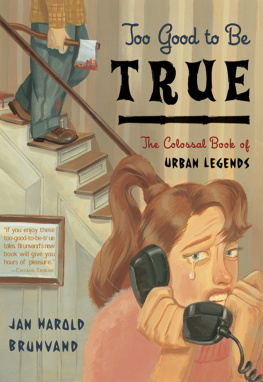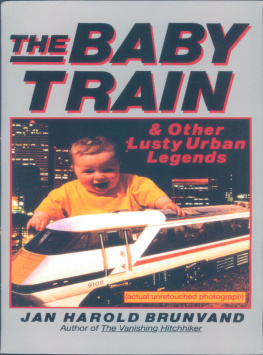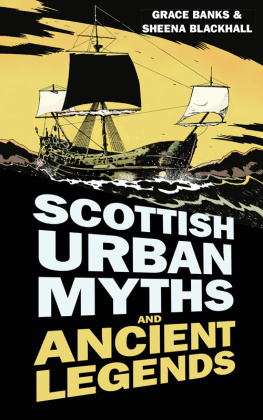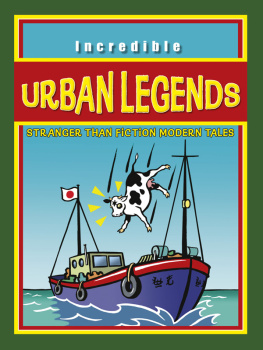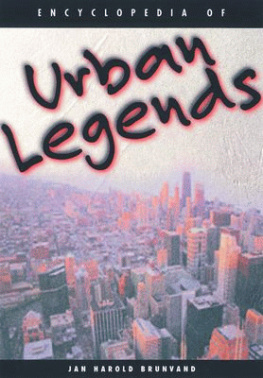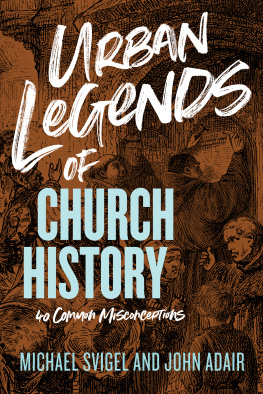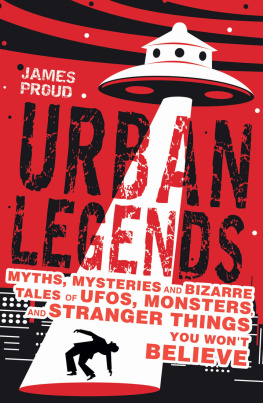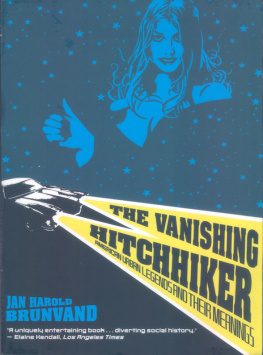Curses!
Broiled Again!
Other books by Jan Harold Brunvand
THE TRUTH NEVER STANDS IN THE WAY OF A GOOD STORY
AMERICAN FOLKLORE: AN ENCYCLOPEDIA
THE BABY TRAIN
CURSES! BROILED AGAIN!
THE MEXICAN PET
THE CHOKING DOBERMAN
THE VANISHING HITCHHIKER
THE STUDY OF AMERICAN FOLKLORE
READINGS IN AMERICAN FOLKLORE
TOO GOOD TO BE TRUE
Curses!
Broiled Again!
The Hottest Urban Legends Going
JAN HAROLD BRUNVAND
UNIVERSITY OF UTAH
The modern legend constitutes one of the most, may indeed even constitute the most widespread, popular, and vital folklore form of the present day; and what strikes me as perhaps its most outstanding feature is the creativity, imagination, and virtuosity brought to its performance by all kinds of people, old and young, well read and barely literate, educationally privileged and educationally deprived.
from The Modern Urban Legend,
Katharine Briggs Lecture No. 1, delivered
November 3, 1981, to the Folklore Society at
University College London, by Stewart F.
Sanderson, director of the Institute of
Dialect and Folk Life Studies in the
University of Leeds
CONTENTS
Once upon a time, folklorists were interested only in what one would think of as folksy subjects, like ancient ballads or fairy tales. Nowadays, however, we examine things like college customs, drug lore, and office traditions. Even those photocopied fake memos you see posted on the company bulletin board qualify as folklore, and some pieces of such Xeroxlore are included in this book.
But my speciality is modern urban legendsthose bizarre but believable stories about batter-fried rats, spiders in hairdos, Cabbage Patch dolls that get funerals, and the like that pass by word of mouth as being the gospel truth. Except that they arent truethey are contemporary folklore. There is no fixed text of such stories, and the more variations you collect, the more you can deduce about an urban legend.
For years I have collected, classified, compared, and even computer-catalogued urban legends, trying to figure out where they come from, what changes they undergo, and why people continue to tell them to each other, despite the power of the mass media, which so much shape our views of the world. In 1986, having published and the audiences for my media appearances had become wonderful sources of urban legends, and I joked that I should start a syndicated newspaper column and reach even more people with my collecting and writing.
That summer, to my surprise, David Hendin, editorial director of United Media Enterprises and United Feature Syndicate invited me to write a twice-weekly column for national circulation. Here was my chance to join my heroes like Jack Anderson and Miss Manners, reaching a gigantic audience of daily newspaper readers with my own scoops divulging the real sources and meanings of urban legends and my own replies to readers questions about which stories to trust and which to bust.
A Swedish folklorist I know, who also writes about urban legends in the popular media, has the wonderful name Bengt af Klintberg. Bengt tells me that newspapers in Sweden now label urban legends Klintbergers. That has a nice ring to it that Im afraid Brunvanders lacks, though I liked the idea.
My column did not match the circulation of Jack Andersons, but it was a thrill to see my picture in the United Media catalogue right across the page from J.A.s portrait and next to Miss Mannerss. Her hair was pictured there in perfect control, and her humor and common sense were listed as her weapons against savagery. My hair in the catalogue picture seemed fetchingly rumpled, and my mission was stated as to uncover the truth behind the legends. Thus began my career as a columnist.
At first, I wrote lots of the 600 to 700 word columns I needed that ran instead to 1,000 words or more (not counting footnotes). Then I received a crash refresher course in journalistic writing (Rule No. 1: Dont use footnotes), first from David Hendins scrawled comments on both sides of my pages, and later from the expert editorial work of Kevin Krajik and Paul Elie of United Feature Syndicate. Thanks, guys, one more time.
On January 26, 1987, my columnUrban Legendswas launched in thirty-five papers. This book contains revised and expanded columns from the first year and a half, using only stories that are not discussed at length in my previous books. I chose columns about the stories that were most often submitted by readers, thus selecting the hottest urban legends going.
Column No. 1 carried the ambitious headline Modern Folklorist Tracks Our Subconscious. I began by quoting another folklore scholar who had said: Being a folklorist means you have to explain yourself a lot. I agreed with her, because, despite public belief to the contrary, folklorists seldom tell stories professionally but instead collect and study them. We are researchers, not raconteurs.
The purpose of the column is to reveal my findings about weird but credible storiesurban legendsthat everyone tells as if they are true, though mostly they are fiction. From the start, I urged readers to submit rumors and stories circulating in their own communities.
Things worked out fine in that department. I receive scores of legends from readers every week, probably learning as much from their comments as they do from my essays. Often I see new trends emerging, such as legends about AIDS or about the dangers of tanning salons. I can also track the re-emergence of older legends, which means that a hot new legend may actually be a reheated leftover story to a folkloriststill interesting, though not as fresh as the public may think.
Rarely, my queries about stories unearth the apparent origin of a plot. Thus, with readers help, I tracked through Readers Digest and other publications and then back to its Midwestern source, a hilarious anecdote about a womans high heel caught in a grate. Later, a student of mine spotted the same incident dramatized in an old Doris Day film. The whole history of this legend is revealed under the title The Heel in the Grate in Chapter 4.
Sometimes actual events like this generate urban legends, but legends about real incidents get so localized and stylized that they soon exist independently as oral stories, detached from their origins. For example, a few cars really have been filled with concrete, and perhaps one such case started the legend. But the events described did not occur in all the times and places where The Solid Concrete Cadillac is told.
Most urban legends are pure fantasies from someones imagination. These fictional stories change as they spread but are always told as truewhich is really the definition of legend.
Sometimes readers challenge me that stories I have labeled apocryphal really happened. These people usually either remember an event that slightly resembled a legend, or they repeat a story that they assume (incorrectly) was told by a firsthand witness. Neither proof is airtight.
For example, a reader assured me that The Runaway Grandmother is not a myth, because in 1976 she saw a car in Tennessee with what looked like a wrapped corpse tied on top. Having heard the stolen grandmother legend, she figured the body she thought she saw might have gotten lost in a similar manner.
She had observed, as she wrote, a small older-model car with a strange object on the roof. The package she described was long, well padded, and rounded on one end.



